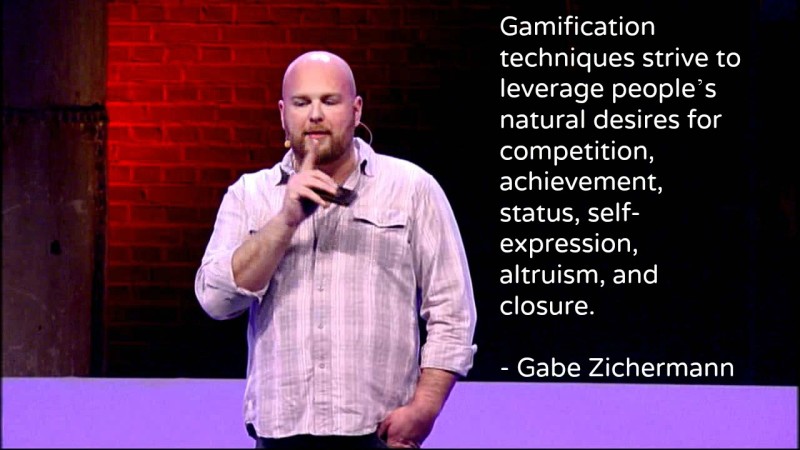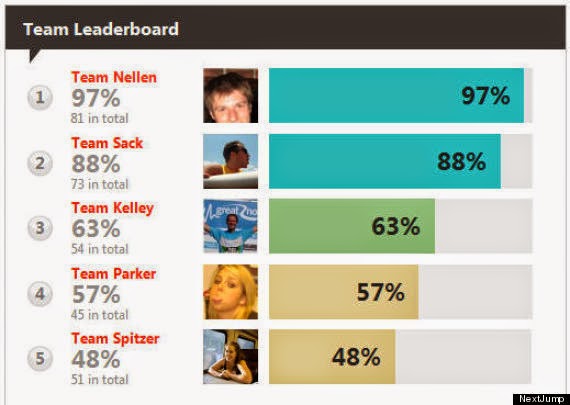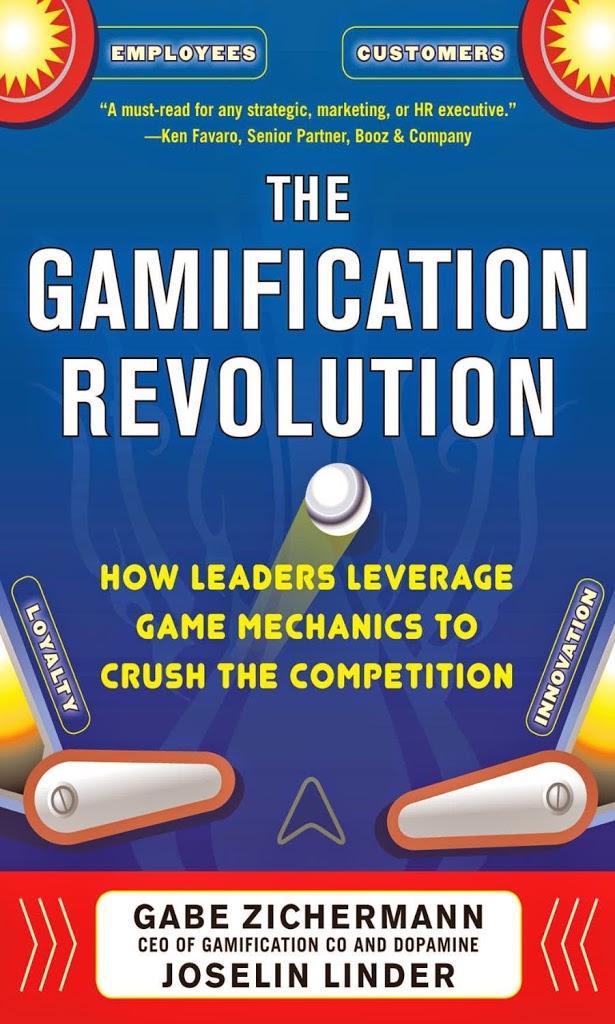Do you know that in 1795, French despot Napoleon Bonaparte offered 12,000 francs as a reward for a grand challenge to preserve food?
Or that Nike’s gamified platform Nike+ helped it to capture nearly 50% of the running shoe market?
Packed with fascinating case studies like the ones above, The Gamification Revolution by Gabe Zichermann and Joselin Linder serves as a useful guide to effectively deploying game design for business.
Defining gamification as “implementing design concepts from games, loyalty programmes, and behavioural economics to drive user engagement”, the authors claim that US companies alone will spend US$3 billion per year on gamification technologies and services by the end of the decade.
At its core, the basic elements of games – also known as game mechanics – comprise points, badges (achievements), levels, leaderboards, and rewards. Combined, they deliver a system of mastery (also known as agency) to users using concepts that are both intrinsically and extrinsically motivating.
While it is easy to visualise how MMOGs like World of Warcraft, Skyrim, or Candy Crush Saga incorporate the above elements, the greater and more significant challenge lies in how we can gamify business to sharpen our corporate strategies, engage employees, and delight customers.

Gabe Zichermann of Gamification Corp (courtesy of Kick Start Your Journey)
Gamifying Business Strategy
According to the authors, companies that succeed in gamification exhibit the following patterns:
- They orientate business process around the user;
- They hire chief engagement officers;
- They give users what they want;
- They make engagement the number one job in the organisation;
- They know when the game is “the thing” (eg airlines’ profitable frequent flier and air miles programmes); and
- They create centres of excellence and innovation.
In strategic planning, game theory – described as “the study of mathematical models of conflict and cooperation between rational decision makers” – can be used as a powerful tool to develop corporate strategy frameworks.
Combined with game design, opportunities arise for organisations to achieve the following:
#1 Understand the End Game
By extrapolating possible future outcomes based on a finite timeframe, companies can better understand what their final goals are. An example is the alternate reality game World Without Oil developed in 2007 which weaves in various possibilities and futures to a strategic gaming session.
#2 Model Scenarios
Using the simulation game as a crystal ball, various future scenarios and outcomes could be predicted and forecasted. In the Battle for Designer Foods, leading health food giants Abbot, Danone, GlaxoSmithKline and Nestle were stress tested to appeal to an emerging US$20 billion consumer market.
#3 Create Engagement
Through processes like “gamestorming” (see my book review here), greater engagement can be developed with members of the planning and strategy teams in any organisation.
#4 Raise Organisational Intelligence
Finally, techniques in gamification can help to raise overall intelligence in an organisation, by considering various possibilities in a more engaged and realistic fashion.
Winning Over Employees
In this next section, gamification is used for four important aspects of human resource management:
#1 Motivating Staff
Using the three Fs – Feedback, Friends, and Fun – organisations can use opt-in approaches to reduce monotony and increase joy.
In the example of Target, the deployment of the Target Checkout Game where green Gs (right speed) and red Rs (too slow) as well as percentage scores were displayed at checkout screens resulted in work being made to “feel like a game”.
#2 Igniting Innovation
Most of us working in the public sector would be familiar with innovation games.
Here, the authors suggest that three key approaches can be adopted:
- Marketplaces and competition – Incorporating feedback loops to inform players on their progress;
- Simulations; and
- Play – Think beach volleyball, table soccer and billiard tables.
#3 Strengthening Recruitment and Training
Cosmetics giant L’Oreal is a shining example here. Their competitive recruitment game Reveal involves presenting graduate students with realistic scenarios in their work environment.
Learning can also be gamified using training games and simulations.
#4 Boosting Employee Health and Fitness
Aimed at increasing “good stress” (aka eustress) and dopamine levels, NextJump’s Employee Workout game is a positive example of using gamification to reward employees for exercising.

NextJump’s team leaderboard (courtesy of Huffington Post)
Connecting with Customers
Finally, gamification can be used to cut through consumer clutter, deepen engagement and loyalty, and tap customer insights.
Let me go through each in turn.
#1 Gamifying Marketing
Using Foursquare as an example, companies can make use of six strategies to acquire customers:
- Incorporate surprise and delight;
- Gamify their brands (think Nike+ and FuelBand for Nike);
- Make it Fun;
- Encourage virality and word-of-mouth;
- Be Social to the Core (think social sharing on Facebook, Twitter and others); and
- Leverage on storytelling (case in point: the awesome Dark Knight game).
#2 Strengthening Loyalty and Engagement
Here, the authors propose using an engagement or viral loop with 4 elements:
- A motivating emotion;
- A social call to action;
- User-reengagement; and
- Visible progress/rewards.
Beyond these, organisations should keep their content fresh, use meaningful incentives, design the games to allow personal mastery, create continuous learning opportunities and monetize loyalty.
#3 Crowdsourcing
Last but certainly not least, companies can consider leveraging on the game mechanics of crowdsourcing to reduce costs, improve quality, strengthen innovation, and drive new product development.
Ready To Play?
Overall, The Gamification Revolution is a good introduction to the myriad possibilities of game mechanics. While it isn’t as prescriptive as some of the other books I’ve read on innovation and creativity, it does expand one’s vistas on the possible applications of gaming in business.
Of all the sections and topics covered, I found the sections on employee management the most insightful. In an age beset by rampant employee dissatisfaction and sky high turnover, companies may wish to take a leaf from organisations like Google, Apple, Facebook and many others featured in the book. By using gamification strategies, these sterling organisations have become choice employers able to attract, motivate and retain the brightest talents in the market.


Brief yet full of data. This would be like a road map for part of my startup.